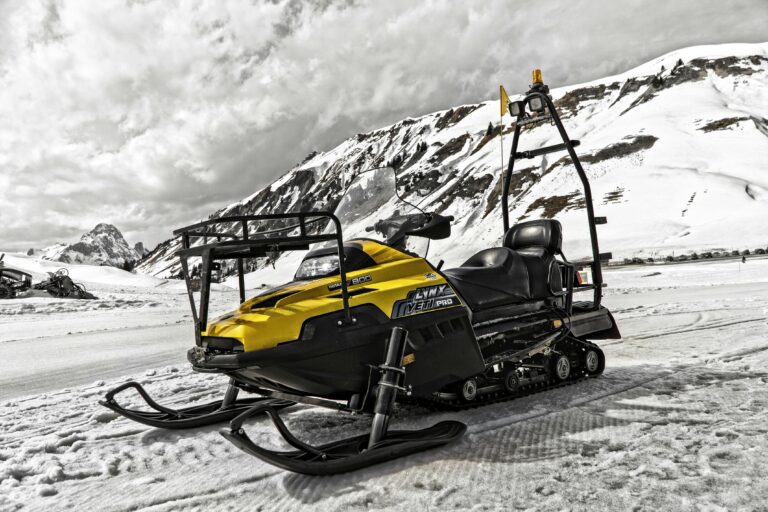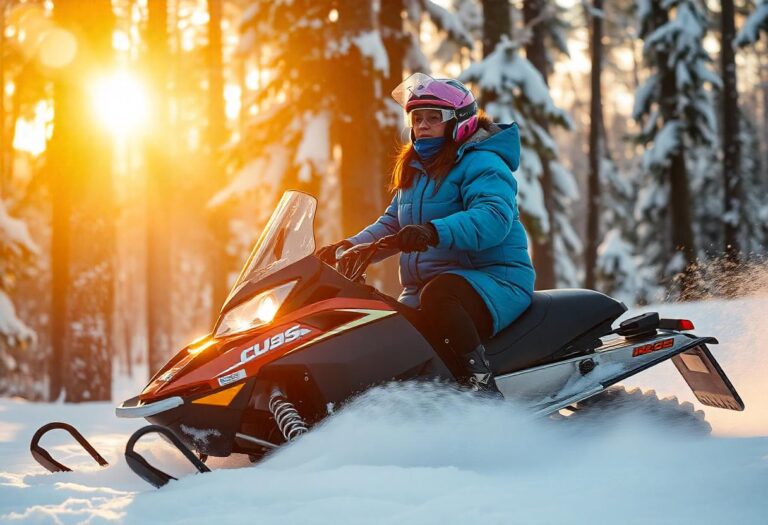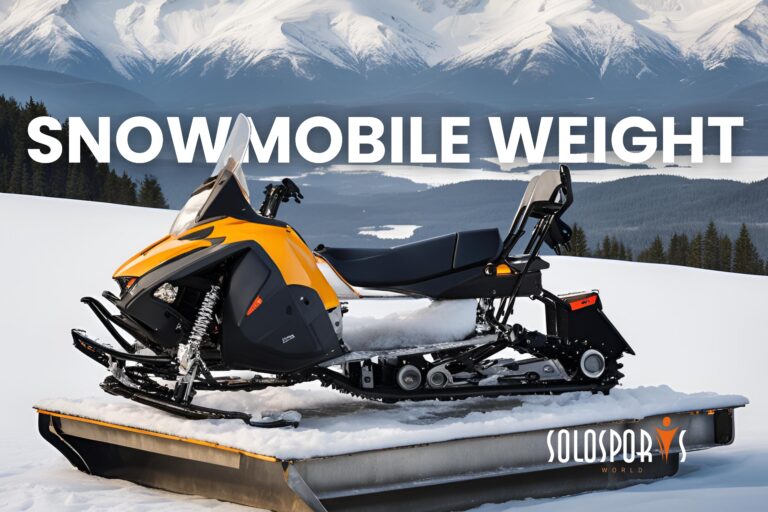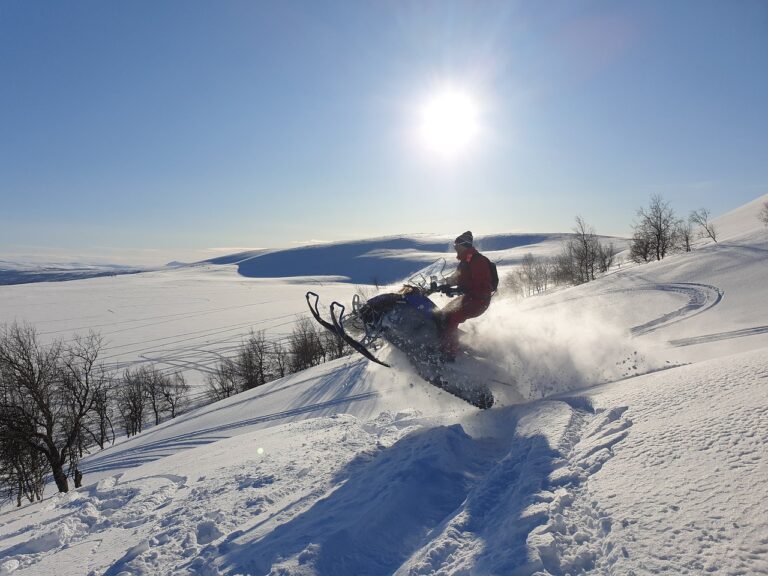Ever wondered if you can just jump on your snowmobile and cruise down the road? Where you live makes all the difference. Some states are pretty chill about snowmobiling on public roads, while others either clamp down hard or ban it outright. In this guide, I’ll walk you through the legal basics, important rules, safety tips, and clear up some common misconceptions about riding snowmobiles on roads.
In general, snowmobiles are subject to various legal regulations that determine their use on public roads, which vary significantly by state. While some states allow limited road riding under specific conditions, others prohibit it entirely, stressing the need for riders to know local laws for safe navigating.
Snowmobiling on roads is a patchwork across the U.S. For example, states like Michigan and New York welcome you to ride on certain roads—usually if your snowmobile is properly registered and up to code. Meanwhile, states like Texas just say, “Nope, not on our roads.”
If you want to avoid a ticket or a run-in with the cops, don’t guess—look up your state’s rules before hitting the pavement.
Here’s a quick checklist to keep in mind:
- State Laws: Each state has its own quirks. Learn them!
- Usage Conditions: Riding is often limited to certain roads or times.
- Enforcement: Know how seriously your area takes these laws.
Bottom line: knowing your local rules saves you headaches.
What Are the Key Regulations for Snowmobiles on Roads?
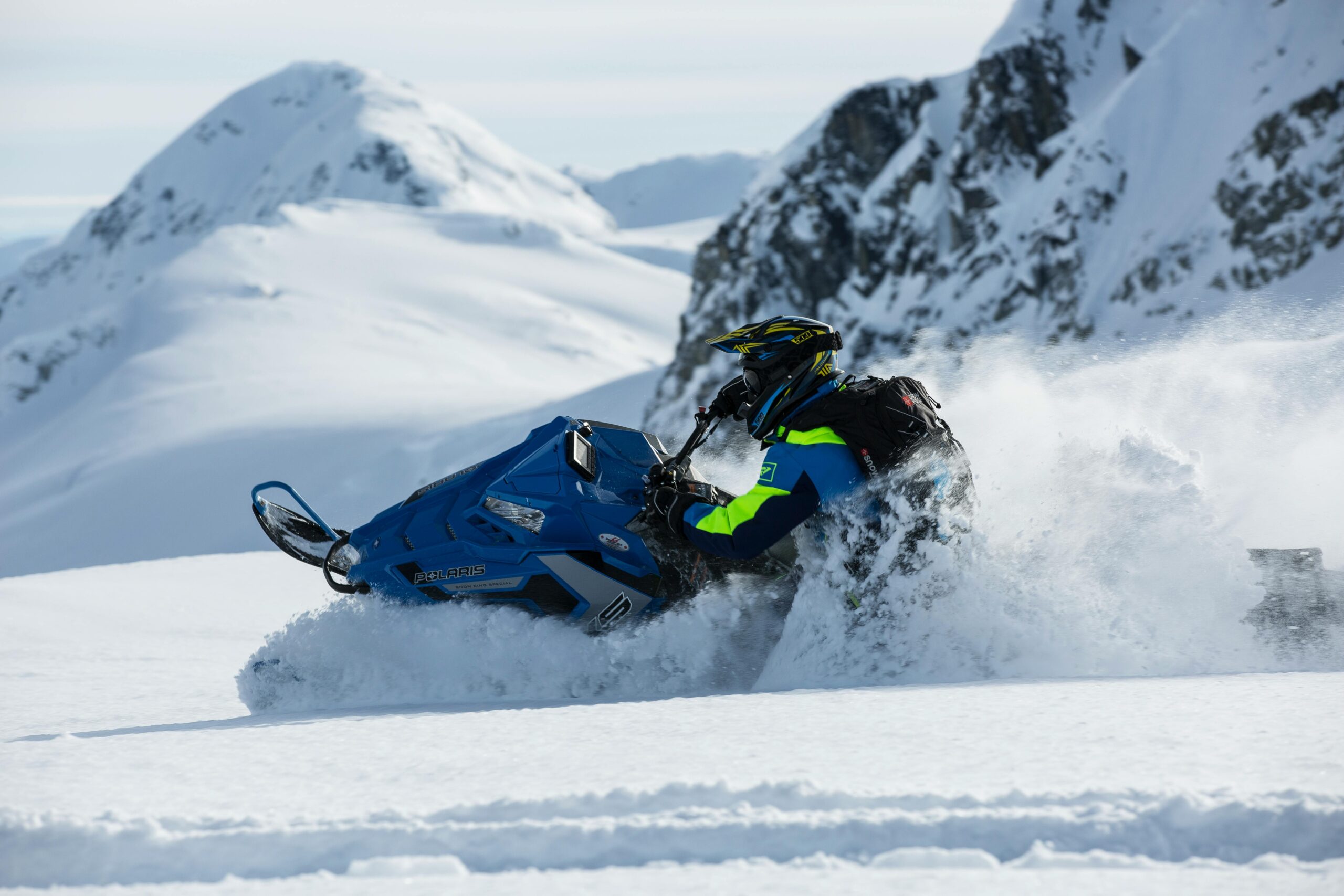
Snowmobiles must adhere to state-specific registration and equipment standards when used on roads. Modifications may be necessary to meet safety and legal requirements. Familiarity with these standards ensures riders remain within the law.
Before you take your snowmobile onto a road, here’s what you usually need to have sorted out:
- Registration: Almost every state wants your snowmobile registered. Don’t skip this.
- Equipment: Headlights, taillights, and reflectors aren’t optional—they help other drivers actually see you.
- Insurance: Like your car, some states require insurance coverage.
- Safety Gear: Helmets aren’t just for looks. Many places legally require them, plus reflective clothing is a smart addition.
| State | Registration Required | Headlight Required | Insurance Required | Reflective Gear Required |
|---|---|---|---|---|
| Michigan | Yes | Yes | Yes | Yes |
| Wisconsin | Yes | Yes | Not always | Recommended |
| New York | Yes | Yes | Yes | Yes |
| Texas | No | No | N/A | N/A |
Knowing what your state demands keeps your ride legit and fun.
How Do Local Laws Vary on Snowmobile Riding?
Local laws concerning snowmobile riding vary significantly across the U.S. Some states permit road usage, while others ban it entirely. A careful review of local laws is necessary for snowmobile riders.
You’d be surprised how much snowmobile road laws change from state to state. Here’s a quick look:
| State | Permitted on Roads? | Restrictions | Notes |
|---|---|---|---|
| Michigan | Yes | Only on certain roads | Must follow regulations |
| New York | Yes | Specific trails only | Registration required |
| Vermont | Limited | Stay off highways | Limited paths |
| California | No | Prohibited entirely | No exceptions |
| Florida | No | Prohibited entirely | N/A |
If you want the full scoop on your state, check out the Snowmobile Safety Institute. It’s like having a GPS for snowmobile laws.
What Safety Modifications Are Required for Road Use?
Required safety modifications for riding snowmobiles on roads typically include necessary visibility tools such as headlights and safety gear that ensures compliance with legal standards and reduces the risk of accidents.
Don’t just assume your snowmobile is road-ready. Here’s what you should consider:
- Visibility Modifications: Make sure your headlights and taillights are bright and working perfectly. Adding reflective stickers or gear can make a huge difference, especially in low light.
- Safety Gear: Helmets matter. Trust me, it’s way cooler getting home safely than ending up in the ER. Gloves and warm jackets keep the chill away too.
I once read a rider share how adding extra lights to their snowmobile saved them from a close call in the dark. That kind of prep isn’t just smart—it’s lifesaving.
What Are the Best Practices for Riding Snowmobiles on Roads?
Best practices for riding snowmobiles on roads include adherence to safety protocols, maintaining equipment, and respecting other road users to ensure a safe riding experience.
If you’re planning on riding, do it right:
- Respect Other Road Users: Yield when you have to, signal your turns—don’t surprise drivers.
- Watch the Weather: Heavy snow might look fun, but riding in it can be dangerous.
- Maintain Your Machine: Check your brakes, lights, and overall condition before every ride.
Joining a local snowmobile club or forum is a great way to swap tips and stay in the loop.
What Insurance Considerations Exist for Snowmobile Road Use?
Insurance requirements for riding snowmobiles on roads can differ by state, emphasizing the importance of adequate coverage to adhere to legal mandates and protect against liabilities.
Insurance might not be the first thing on your mind when you want to ride, but it should be.
- State Requirements: Each state sets its own rules about what insurance you need. Do your homework so you’re not caught off guard.
- Coverage Types: Liability protects you if someone else gets hurt. Collision can save you if you crash your own sled.
Chatting with an insurance agent familiar with snowmobiles pays off more than you’d expect.
How Do Snowmobiles Impact Road Conditions?
The interaction between snowmobiles and road conditions can lead to varying impacts, raising discussions about the environmental effects of snowmobiling on public roadways.
Snowmobiling isn’t without its downsides:
- Environmental Impact: Snowmobiles can damage roads, especially when the snow melts. No one wants extra potholes because of winter fun.
- Community Views: Being a responsible rider who sticks to designated areas helps keep the peace with neighbors and non-riders alike.
Want to learn more about riding responsibly? The National Park Service has some great resources.
What Are Some Common Misunderstandings About Snowmobile Road Use?
Common myths surround snowmobile road use, such as assumptions about legal permissions and safety equipment. Clarifying these misconceptions can help promote better understanding among riders.
Let’s clear up some myths:
- Myth 1: “All snowmobiles are street legal everywhere.”
Fact: Nope. It depends on your state, so always check local laws. - Myth 2: “No modifications needed to ride on roads.”
Fact: Most states want your sled equipped with things like headlights and reflectors. - Myth 3: “Snowmobiles can handle any terrain.”
Fact: Roads are a different beast; adapt your riding to the surface.
Learning the facts makes your ride safer and more fun.
Frequently Asked Questions on Snowmobile Road Use
Are Snowmobiles Allowed on Highways?
The legality of riding snowmobiles on highways is largely determined by state law; some permit it under restrictions, while others prohibit it entirely. Always consult local regulations before venturing onto highways with a snowmobile.
Do I Need Special Insurance for Riding Snowmobiles on Roads?
Yes, if you’re riding snowmobiles on public roads, you may require specific insurance coverage to meet legal requirements and protect against liabilities. It’s advisable to check local laws to understand the nuances of required insurance.
What Modifications Are Required for Road Use?
Common modifications required for road use include the addition of headlights, tail lights, and reflective materials. State regulations may vary, so it is important to consult local guidelines to ensure compliance before taking to the road.
What Safety Gear Should I Use When Riding on Roads?
When riding snowmobiles on roads, wearing a helmet, reflective clothing, and seasonally appropriate gear is essential for visibility and protection. Safety gear enhances rider protection against potential accidents and environmental conditions.
And if you want to dive deeper, here are some videos worth your time:
Understanding the rules and safety tips means more good rides—and fewer worries—when you’re out on your snowmobile.


